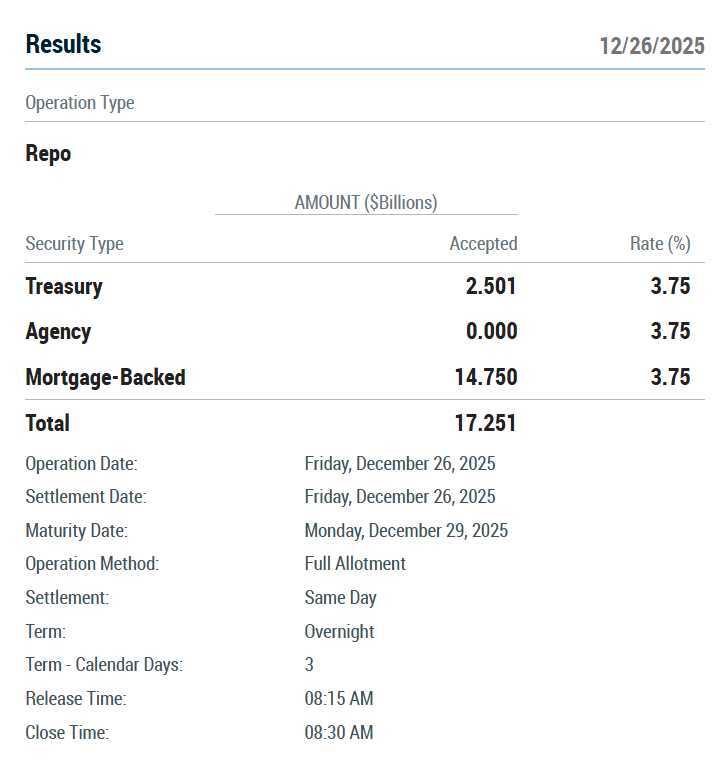The history of India’s Economic Survey dates back to 1950-51. During the first decade of its publication, the document was a part of India’s annual national budget documents. In the 1960s, the authorities separated it from the budget documents and started presenting it a day before the Union Budget.
This year’s Economic Survey was published on January 31st by the Chief Economic Advisor of India (CEA), V Anantha Nageswaran. An Economic Survey aims to paint a holistic picture of the country’s present-day economic condition. It details trends prevailing in key macroeconomic segments, including agriculture, forex reserves, industry, infrastructure, etc. It also covers the country’s standing in areas including Healthcare, Poverty, Climate change, Human Development, etc.
It also offers insights into potential challenges that the economy might face in the future and discusses ways to overcome those challenges.
Here we intend to discuss developments around cryptocurrencies in India’s present-day economic scenario, as presented in the Economic Survey 2022-23. And in case you wish to learn about crypto regulation and taxation in India, click here.
The Core Approach Towards Crypto
The Economic Survey’s current approach towards crypto revolves around understanding cross-country regulations. It started discussing crypto assets in the document with a mention of the FTX debacle. It was indicative of the fact that the Indian Government spent time and efforts in understanding the vulnerabilities in the crypto ecosystem as it exists today.
The Nature of Crypto Assets
In its opening paragraph on crypto, the document pondered the necessity of a common approach to regulating the ecosystem. Here, it highlighted crypto assets as ‘self-referential instruments’ that do not ‘strictly pass the test of being a financial asset.’ Explaining the reason for such ‘disqualification,’ the document said that crypto-assets do not have intrinsic cash flows attached to them.
The document referred to the US regulatory agencies’ take on crypto assets here and said that even ‘US regulators have disqualified Bitcoin, Ether, and various other crypto assets as securities.’ It also referred to the joint statement on crypto assets issued by the United States Federal Reserve, Federal Deposit Insurance Corporation, and the Office of the Comptroller of the Currency (OCC) on January 3rd, 2023.
For our readers’ benefit, we will look into this statement and what it tried to convey.
The US Joint Statement Highlights
The joint statement issued by the US authorities was on crypto-asset risks to banking organizations. These risks included the risk of fraud and scams, legal uncertainties relating to the operations of crypto service providers, inaccurate or misleading representations and disclosures by the crypto-asset business, and more.
It also talked about the notable levels of volatility in the market, the susceptibility of stablecoins and how their reserves could harm a bank’s risk profile, and contagion risk within the crypto asset sector.
Since the Indian Government’s Economic Survey cited the joint statement in its document, it could be well assumed that the Indian authorities are also aware of these risks and vulnerabilities and consider them as areas to address.
To conclude this segment, the Government of India’s Economic Survey sees crypto assets and the ecosystem attached to them as ‘geographically pervasive.’ Resultantly, it wants to look forward to a common approach established worldwide.
Different National Policies Examined
The Economic Survey looked at the European Union, Japan, Switzerland, the United Kingdom, Albania, and Nigeria to bring a global perspective to things happening with crypto assets worldwide. The selection of countries raises curiosity, as it involves a mix of developed and developing economies. Perhaps the goal is to avoid getting a skewed analysis.
In the coming segments, we will look at each of these cases.
European Union and MiCA
While talking about the EU regulations, the Economic Survey mentioned the imminent Markets in Crypto Assets (MiCA) regulations.
MiCA, as defined by the European Union itself, aims at establishing transparency in the crypto world by setting up disclosure requirements for the issuance and admission to trading crypto assets. Furthermore, it would lay the ground for the authorization and supervision of crypto-asset service providers, including the issuers of asset-referenced tokens and electronic money tokens. It would also define the legal boundaries within which the issuance, trading, exchange, and custody of crypto assets can run in a way that is safe for its users.
There are four broad objectives that MiCA wants to fulfill. First, it intends to make the legal coverage exhaustive. Secondly, it believes an exhaustive and transparent legal framework would support growth, adoption, and innovation in the crypto ecosystem. Thirdly, through MiCA, the EU wants to ensure that consumers and investors are adequately protected. Finally, the fourth one aims at enhancing financial stability as and when some crypto assets ‘become widely accepted and potentially systemic.’
Since the Indian Government’s Economic Survey has taken a good look at MiCA, going ahead, it might aim at legal and regulatory mainstreaming of the industry for the sake of good growth and a protected environment for consumers.
Japan and Payment Service Act
In discussing the situation in Japan, the document made a mention of the Payment Service Act. A brief look through this act should help us understand what Japan’s crypto scenario might inspire in the Indian system.
Cryptocurrencies and utility tokens in Japan are regulated as crypto assets under the Payment Service Act. Business operators are asked to undergo registration as a provider of Crypto Asset Exchange Services (CAES). It is crucial to note that Japanese Law does not treat crypto assets as money, nor does it equate them with fiat currencies. No crypto asset in Japan enjoys the backing of the Japanese government or the Central Bank of Japan.
The Japanese Crypto regulations also mandate providers have proper frameworks for clients’ asset segregation, operational and cyber security management, KYC, internal audits, and minimum capital requirements.
Financial Services Act in Switzerland and Categorization of Tokens
While reviewing the regulatory framework of Switzerland, the Economic Survey report takes note of the country’s categorization of tokens into Payment tokens, Utility tokens, and Asset tokens. It also mentions the role of the Financial Services Act in harmonizing prospectus requirements across all securities.
It would be pertinent to mention here that the Switzerland government enforced a law that had been popularly termed the Blockchain Act on August 1st, 2021. The aim was to offer a legal basis for trading cryptocurrencies in the country. The act also aimed at increasing investors’ legal certainty in events such as bankruptcy by providing for the segregation of crypto assets and protecting investor interests.
In a unique example of operating things, the Blockchain Act aimed at creating a new license category for Distributed Ledger Technology or blockchain-based trading systems under the supervision of FINMA, the Swiss Financial Market Supervisory Authority.
United Kingdom’s “Final Guidance on Crypto Assets”
As noted in the Economic Survey, the UK Financial Conduct Authority’s Final Guidance on Crypto Assets kept utility and exchange tokens, unbacked crypto assets, outside the prudential and regulatory purview. The Survey also noticed the findings of the UK Crypto Assets Taskforce, which found that misleading advertising and lack of suitable information did result in consumer protection issues.
Albania’s Law On DLT-Based Financial Markets
The annual Indian Economic Survey mentioned Albania’s Fintoken Act, which helped legalize crypto assets in the country for investment purposes in May 2020. The document emphasized Albania’s crypto licensing regime. As per this regime, the licensing of crypto asset service providers is heavily reliant upon third-party agents, licensed as ‘Digital Token Agents.’
Nigeria’s Shift in Crypto Policies
The Central Bank of Nigeria had initially rejected crypto assets the status of legal tender. However, in May 2022, the Securities and Exchange Commission published “New Rules on Issuance, Offering Platforms and Custody of Digital Assets,” with requirements and SEC-purview mechanisms laid out in detail.
Summary
Looking at the existing regulation worldwide, the Economic Survey of India, which sets the foundation for the country’s annual fiscal budget and monetary policies, called for comprehensive and consistent global standards in the crypto market. It also advocated faster resolution of AML/CFT obligation standardization delays.
In setting a comprehensive global standard, the Economic survey document also highlighted the importance of having standard taxonomies and reliable data to address contagion effects.
The document has also taken note of the volatile nature of the crypto market, as it observed that the global crypto market’s valuation went down from “almost US$3 trillion in November 2021 to less than US$1 trillion in January 2023.”
The report admitted that monitoring and regulating cryptocurrencies could be tricky. It highlighted that despite its promise of decentralization, the crypto market had seen the emergence of unregulated intermediating entities and new centralized intermediaries such as exchanges, wallet providers, and crypto conglomerates.
It stressed that the global standards applicable to unbacked crypto assets are insufficient to mitigate the system’s risks and vulnerabilities. It highlighted regulatory gaps in the areas of issuance, transfers, exchanges, and storage by non-banking entities. It also said that traditional financial regulation strategies might prove insufficient to address the needs of the multitude of crypto actors, such as miners, validators, and protocol developers.




























